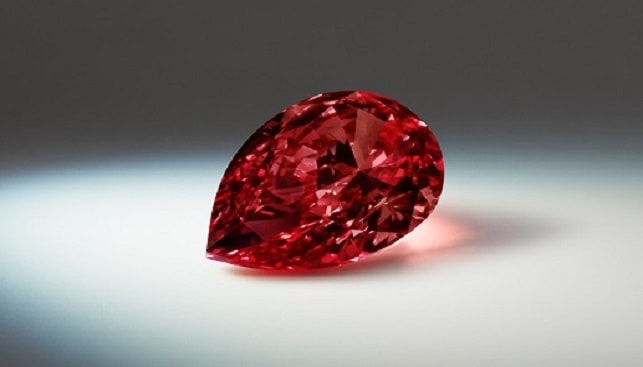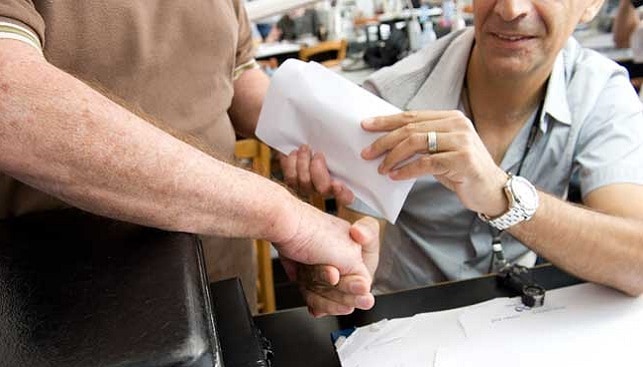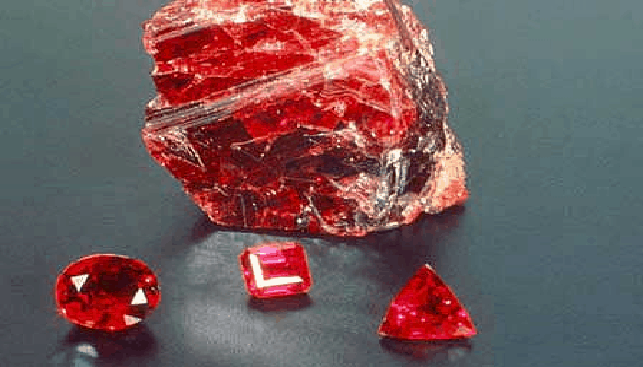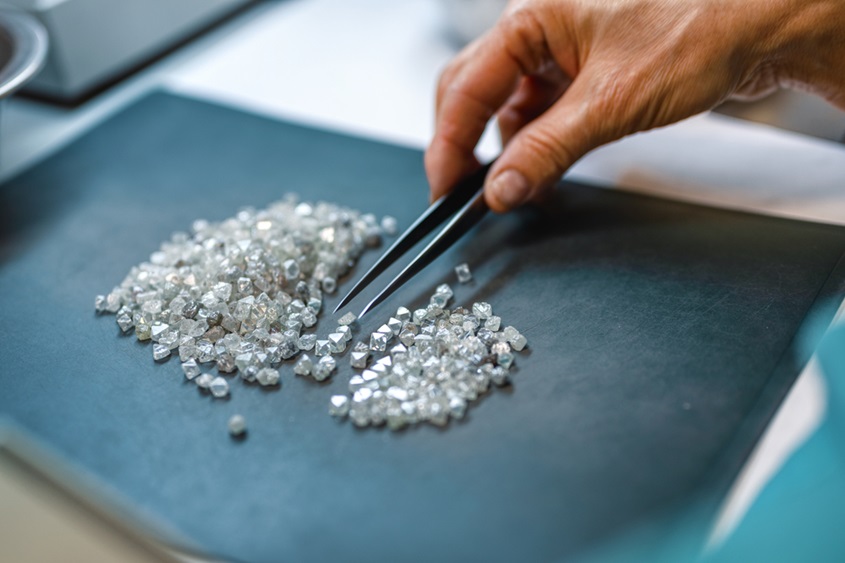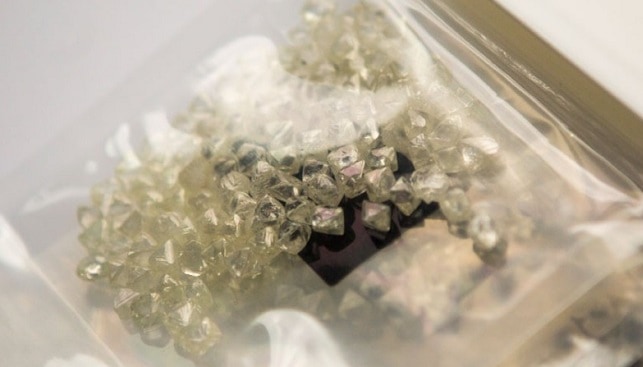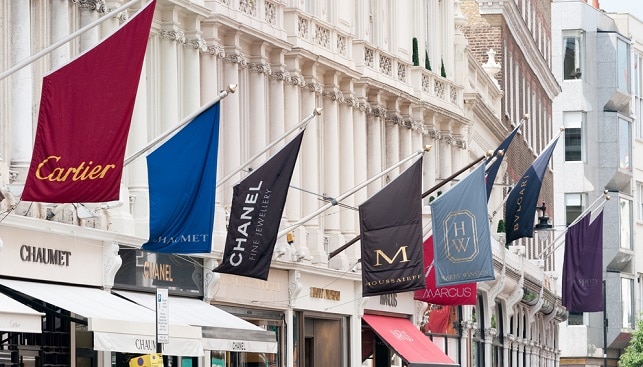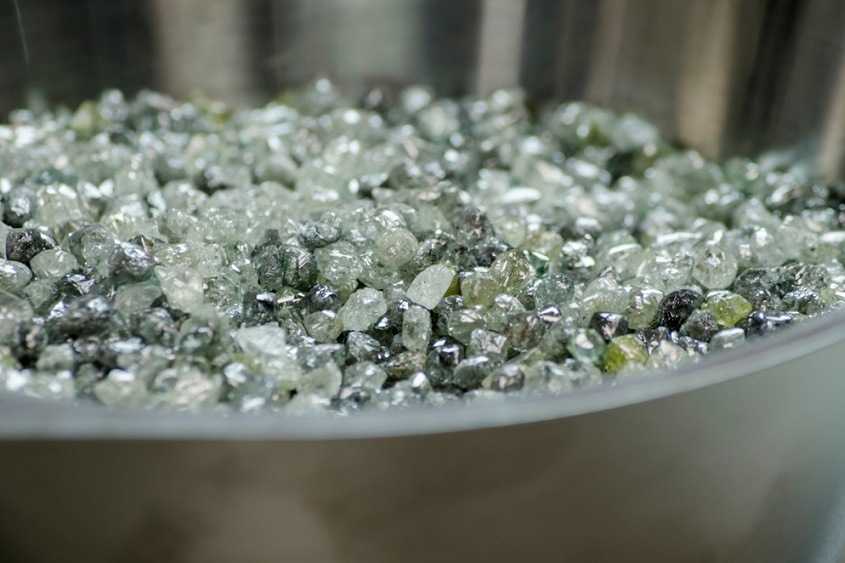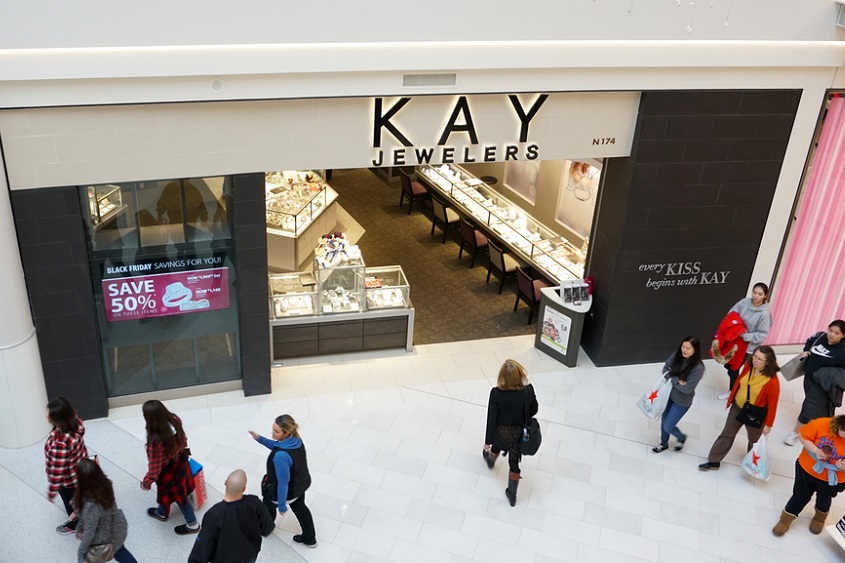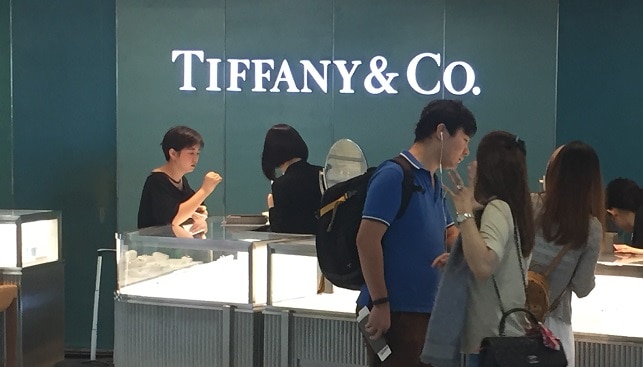The Eureka Diamond is credited with being the first diamond discovered in South Africa.
According to De Beers’ website, the stone was discovered in 1866 by the children of Daniel Johanes Jacobus Jacobs, a Dutch farmer, who saw it as a pretty stone but did not suspect its worth.
The diamond eventually peaked the interest of a visiting neighbor, Schalke van Niekerk, who had some background in geology. He offered to buy it from the Jacobs family, but they refused to accept money for it. Van Niekerk took the stone to John Robert O’Reilly, who confirmed that it was a diamond. In 1867 Dr. William Guybon Atherstone, the Cape Colony’s premier mineralogist, declared the Eureka to be the first diamond discovered in South Africa. Atherstone ascribed the diamond – which weighed either 21.25 carats or 24 carats in its rough form – a value of £800.
A replica of the Eureka Diamond was crafted and put on display at the Cape Colony’s booth at the 1867 Paris Exhibition while the real stone was sent to Queen Victoria. Eventually, the diamond was sold to the governor of the Cape Colony, Sir Philip Wodehouse, for £500 – none of which made its way back to the Jacobs family.
When Wodehouse returned to the UK in 1870, he took the Eureka Diamond with him. The brownish yellow stone was cut into a cushion-shaped brilliant, a process that reduced its weight to 10.73 carats. Over the next century, the diamond was sold and re-sold a number of times.
In 1967, De Beers bought the diamond and presented it to the people of South Africa. The Eureka Diamond has been put on permanent display at the Mine Museum at Kimberley.


